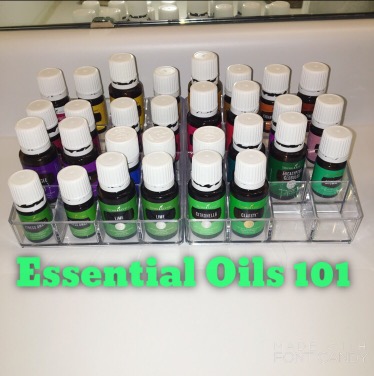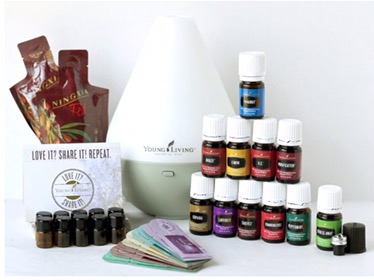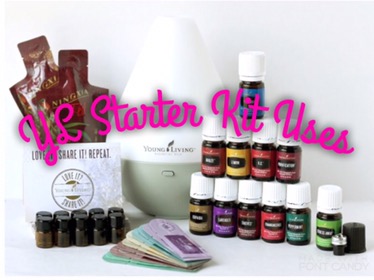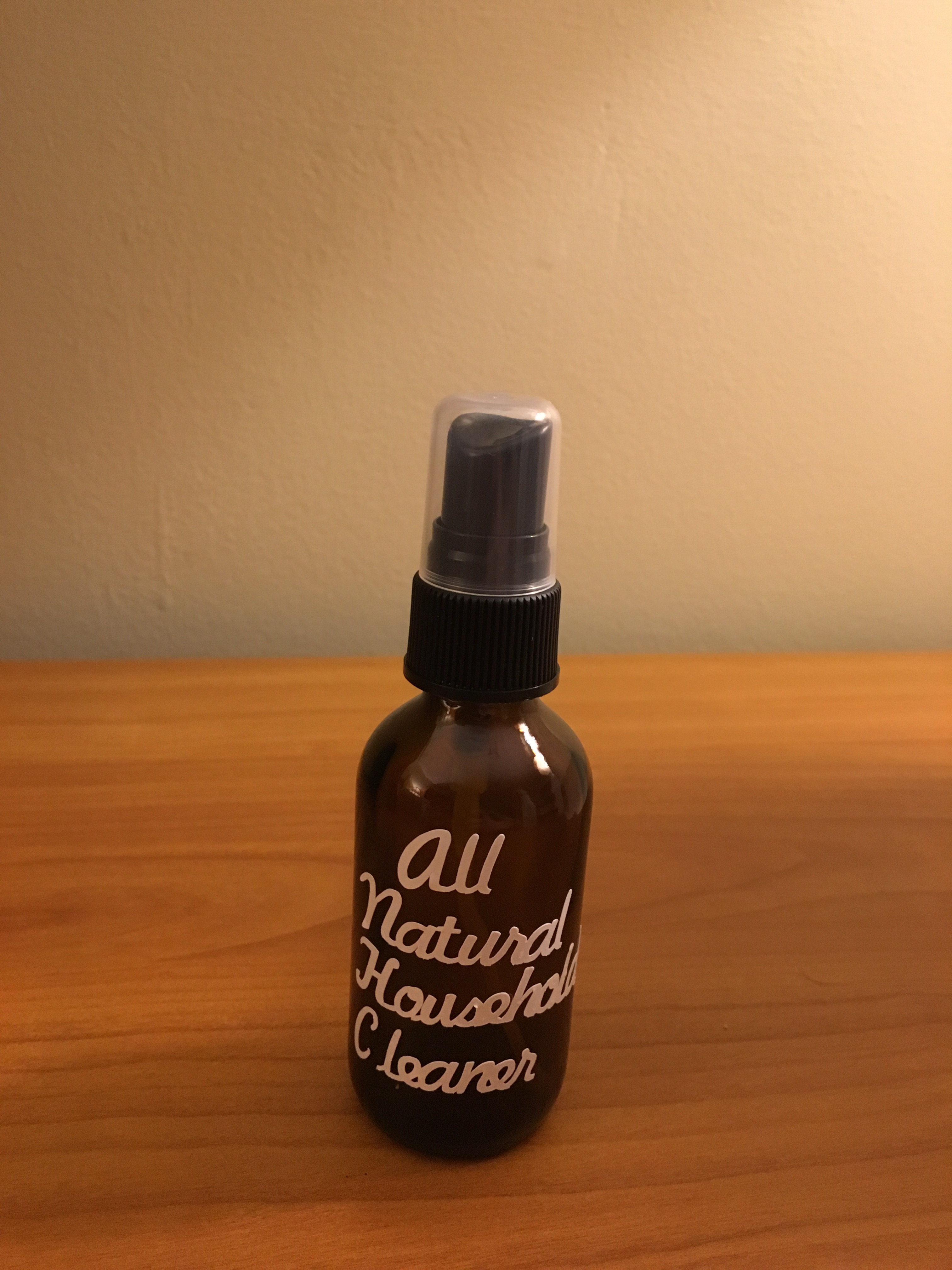

Essential Oils 101
So… I am a little bit obsessed with my Essential Oils since I bought my starter kit and wanted to share a little bit of information I have discovered since.
Essential Oils (EOs) are all natural oils extracted from the leaves, roots, bark, or other aromatic portions of the plants by distillation, resin tapping, and cold pressing. They are volatile liquids, meaning they will evaporate if you leave them open. Even though they are an oil, 1 deposit casino nz.com they are not greasy. Cosmetic, dietary, religious, spiritual, physical, and emotional support, are some of the uses for the oils. My favorite uses are: cleaning products, skin care, and helping get a good night sleep.
Facts
- Essential oils date back to 4500 B.C. even though it seems like they recently became popular.
- They are mentioned over 180 times in the bible.
Uses
Aromatically – Used within a diffuser or nebulizer (diffuser without water). Cleanses the air, gives off a scent, relaxing, decongesting, and works as a humidifier if using a diffuser that runs with water.
Dietary consumption –Can be used in water, tea, or put in vegetable capsules. This is a controversy subject. I do not consume very many essential oils since there isn’t much research on this. If I do it’s only every once in a while and only one or two drops at a time.
Topical Application – alone or diluted with a carrier oil. A carrier oil is taken from fatty part of the plant, usually the seeds, kernel, or nuts. Examples of these are Grape seed oil, olive oil, vegetable oil, and coconut oil.
They have antiviral, antibacterial, antiseptic, decongestant, uplifting, and calming properties. EOs have been used for a long time in products before they really became popular in the last few years. Some products that use EOs are Listerine, Vicks Vapor rub, Poo-pourri. 🙂
Safety
- Each essential oil has its own instructions. Read carefully, how each essential oil can be used before using them.
- There are “hot” oils, these are more dangerous to be consumed and used topically. Examples of these are: Cinnamon, Clove, Lemongrass, Oregano, Thyme, Exodus II™, and Thieves®. Some just need to be used with a carrier oil. A carrier oil is just an oil it is blended with to dilute it. This doesn’t dilute the effect of the oil just makes it safe to use topically or consumed. There are dilution ratios for each essential oil on the bottle. It is best to test these out 1-2 drops on a patch of skin for 1-2 hours, before applying it on a larger area. Everyone’s skin has a different level of sensitivity, so what is okay for one person might not be okay for you.
- Avoid body entry points (eyes, ears, and mucous membranes).
- Talk with your health care provider before using essential oils with medications, pregnancy, other health conditions.
- Citrus oils are UV sensitive, so they shouldn’t be applied to the skin before going in the sunlight for 12 hours.
Choosing the right brand
There are tonsssss of essential oil brands. You want to make sure you are using a therapeutic pure grade essential oil, which are only about 2% of essential oils in the world. There are a lot of brands that will say they are pure, and technically they can be by using pure essential oils but diluting it with a carrier oil to make it cheaper. A good test for this is to put a drop of the essential oil on a piece of cardboard, if the spot evaporates it’s pure. If there is a residual spot, it was diluted with a carrier oil.
After searching the web what I found was Young Living and DoTerra are both therapeutic pure grade essential oils. These would be good brands to use. I chose Young Living, because they are the oldest and largest. They have a bigger oil selection. Otherwise, the brands are very similar. Two of the cofounders of DoTerra actually were previously the Chief Operating Officer and secretary at Young living. Young Living has farms all over the world, so they can make sure their product is coming from the best environment for that specific plant. Another thing that is kind of frustrating then at the same time a good thing, Young living runs out of essential oils all the time because they only distribute oils that meet their seed to seal standards. You can read all about that on their website they do their own testing and have third party tests done. There is a really good blog about the comparison of the two companies at theessentialfamily.com.
Vitality vs. Regular
Some oils are labeled vitality and they are the exact same thing. Young living just has to label oils that are being marketed as internal use different to meet FDA regulations.
If you are interested in buying a starter kit and getting started with essential oils you can click here for more information. Or if you already have a starter kit and are interested in essential oil recipes click here.
Sources
Gould, M N. “Cancer Chemoprevention and Therapy by Monoterpenes.”Environmental Health Perspectives 105.Suppl 4 (1997): 977–979. Print.
Higley, Connie, and Alan Higley. Reference Guide for Essential Oils. Olathe, KS: Abundant Health, 1998. Print.





